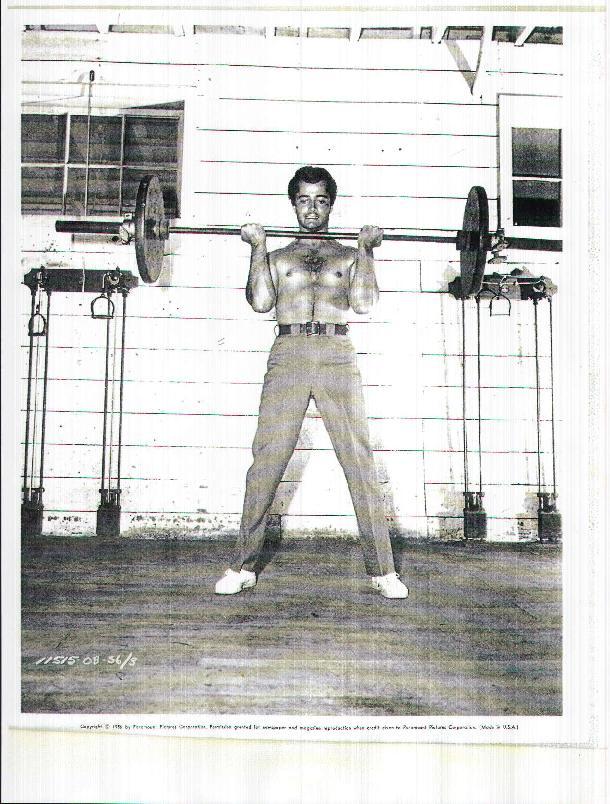In today’s fast-paced world, the pursuit of fitness has become more than just a trend—it’s a vital component of a healthy lifestyle. However, the journey to achieving fitness goals can often be daunting, with many individuals setting ambitious targets only to fall short. This article will guide you through the process of setting realistic fitness goals and, more importantly, provide you with actionable strategies to achieve them. By understanding the principles of goal-setting, recognizing common pitfalls, and implementing proven techniques, you can transform your fitness aspirations into attainable milestones. Let’s embark on this journey with clarity and confidence, ensuring that your path to fitness is both effective and sustainable.
Understanding Your Starting Point and Capabilities
Before diving into your fitness journey, it’s crucial to take stock of where you currently stand. Understanding your starting point involves evaluating both your physical and mental readiness. Begin by assessing your current fitness level through simple benchmarks like how long you can jog without stopping, the number of push-ups you can perform, or your flexibility in basic stretches. Additionally, consider your health metrics such as weight, BMI, and any pre-existing conditions that could impact your training regimen.
Knowing your capabilities helps in setting achievable goals. Identify your strengths and weaknesses to tailor your fitness plan accordingly. For instance, if you have strong endurance but lack flexibility, you might want to incorporate more stretching exercises. It’s also important to consider your lifestyle and time constraints. Do you have a busy schedule that allows for only 30 minutes of exercise a day? Or can you dedicate an hour each morning? Being realistic about what you can commit to will help in formulating a plan that you can stick with long-term.

Defining Clear and Attainable Fitness Objectives
Setting fitness goals is more than just saying you want to lose weight or gain muscle. To be effective, your goals need to be clear and attainable. This means they should be specific, measurable, achievable, relevant, and time-bound (SMART). Here are some key elements to consider:
- Specific: Define what you want to achieve. Instead of saying “I want to get fit,” specify “I want to run a 5k without stopping.”
- Measurable: Use metrics to track progress. For example, “I will lose 10 pounds in 3 months” gives you a clear target.
- Achievable: Set goals that are realistic given your current fitness level and lifestyle. Aiming to run a marathon in a month might not be feasible if you’re new to running.
- Relevant: Ensure your goals align with your personal interests and long-term health objectives. If you enjoy swimming, make it a part of your fitness plan.
- Time-bound: Establish a timeline for achieving your goals. Deadlines create a sense of urgency and help keep you motivated.

Creating a Personalized Workout and Nutrition Plan
Crafting a personalized workout and nutrition plan is essential for achieving your fitness goals. Start by assessing your current fitness level and dietary habits. This will help you identify areas for improvement and set a clear baseline. Next, define your specific goals—whether it’s building muscle, losing weight, or enhancing endurance. Make sure these goals are SMART (Specific, Measurable, Achievable, Relevant, Time-bound).
When designing your workout plan, consider the following components:
- Variety: Incorporate different types of exercises like cardio, strength training, and flexibility workouts to keep your routine balanced and engaging.
- Progression: Gradually increase the intensity and complexity of your exercises to continuously challenge your body.
- Recovery: Schedule rest days and include activities like stretching and foam rolling to aid in muscle recovery.
For your nutrition plan, focus on:
- Macronutrient Balance: Ensure you’re getting a proper mix of proteins, carbohydrates, and fats to fuel your workouts and recovery.
- Hydration: Drink plenty of water throughout the day to stay hydrated and support overall bodily functions.
- Meal Timing: Plan your meals around your workouts to maximize energy levels and muscle repair.

Tracking Progress and Adjusting Goals Accordingly
Once you’ve set your initial fitness goals, it’s crucial to monitor your progress regularly. Use tools like fitness trackers, journals, or apps to keep a detailed record of your workouts, diet, and any changes in your body. Regularly check your progress against your goals to see if you’re on track or need to make adjustments. Consider these key points:
- Measure your progress: Track metrics such as weight, body measurements, workout intensity, and endurance levels.
- Stay flexible: If you find that certain goals are too ambitious or too easy, don’t hesitate to modify them. The key is to stay motivated and challenged.
- Seek feedback: Consult with fitness professionals or join online communities to get insights and advice on your progress.
Adjusting your goals is a sign of progress, not failure. Recognize that your body and fitness level will change over time, and your goals should evolve to reflect this. By staying committed to tracking and adjusting, you’ll ensure that your fitness journey remains effective and rewarding.





